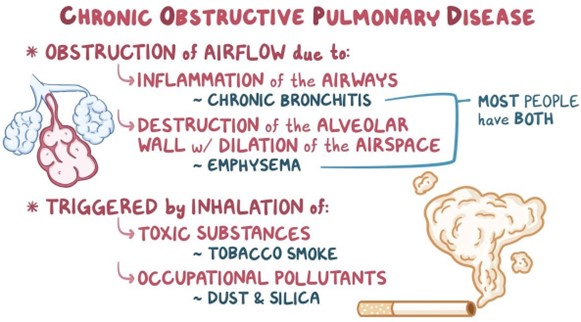When caring for a client with full-thickness burns to both lower extremities, which assessment finding(s) warrant immediate intervention by the nurse? (Select all that apply.)
Sloughing tissue around wound edges.
Change in the quality of the peripheral pulses.
Weeping serosanguineous fluid from wounds.
Loss of sensation to the left lower extremity.
Complaint of increased pain and pressure.
Correct Answer : B,D,E
These findings suggest potential complications and compromise to the client's circulation and nerve function, which require immediate attention.
Changes in the quality of peripheral pulses indicate alterations in blood flow and may suggest vascular compromise or decreased perfusion to the affected areas. This finding requires immediate intervention to prevent further damage and ensure adequate blood supply to the extremities.
Loss of sensation to the left lower extremity can be indicative of nerve injury or impaired peripheral nerve function. It is important to assess for nerve damage and address it promptly to prevent complications and maximize the client's recovery.
Complaints of increased pain and pressure are concerning because they may indicate the development of compartment syndrome, a serious complication in which pressure within the muscles and tissues builds up to dangerous levels. Prompt intervention is necessary to relieve the pressure and prevent tissue damage.
While sloughing tissue around wound edges and weeping serosanguineous fluid from wounds are important assessment findings in the context of burn care, they do not require immediate intervention compared to the findings mentioned above. These findings should still be addressed and managed appropriately, but they are not considered immediate emergencies.

Nursing Test Bank
Naxlex Comprehensive Predictor Exams
Related Questions
Correct Answer is C
Explanation
less than body requirements would be the nursing problem with the highest priority for an adolescent with anorexia nervosa. Anorexia nervosa is characterized by a severe restriction of food intake leading to a significantly low body weight, which can have serious physical and psychological consequences. Therefore, addressing the client's malnutrition and promoting adequate nutrition intake is crucial to prevent further complications.
Disturbed Body Image, Interrupted Family Processes, and Noncompliance with treatment regimen are important nursing problems to address, but they are secondary to the client's malnutrition.
Correct Answer is D
Explanation
A pounding headache in a client with COPD may be a symptom of increased carbon dioxide (CO2) levels in the blood, known as hypercapnia. Hypercapnia can lead to vasodilation, resulting in headaches. In this situation, it is crucial to assess the client's blood pressure to determine if it is elevated, as this could be contributing to the headache.
Obtaining a manual blood pressure measurement allows for a more accurate assessment of the client's blood pressure compared to automated measurements. It is important to assess both systolic and diastolic blood pressures, as elevated blood pressure can worsen headaches and have other negative effects on the client's health.
Elevating the head of the bed no higher than 30 degrees is a general measure used to improve respiratory function in clients with COPD. However, in this specific situation, it may not directly address the pounding headache. Elevating the head of the bed can help reduce dyspnea and improve oxygenation, but it may not alleviate the headache caused by hypercapnia.
Affirming blood glucose levels are below 160 mg/dL (8.88 mmol/L) is not the primary concern in this case. While high blood glucose levels can have various effects on the body, including headaches, the priority is to assess the client's blood pressure due to the specific context of a COPD exacerbation.
Checking for a stat intravenous diuretic prescription is not necessary in response to the client's headache. Diuretics are typically used to remove excess fluid from the body and may not directly address the underlying cause of the headache in this situation.

Whether you are a student looking to ace your exams or a practicing nurse seeking to enhance your expertise , our nursing education contents will empower you with the confidence and competence to make a difference in the lives of patients and become a respected leader in the healthcare field.
Visit Naxlex, invest in your future and unlock endless possibilities with our unparalleled nursing education contents today
Report Wrong Answer on the Current Question
Do you disagree with the answer? If yes, what is your expected answer? Explain.
Kindly be descriptive with the issue you are facing.
